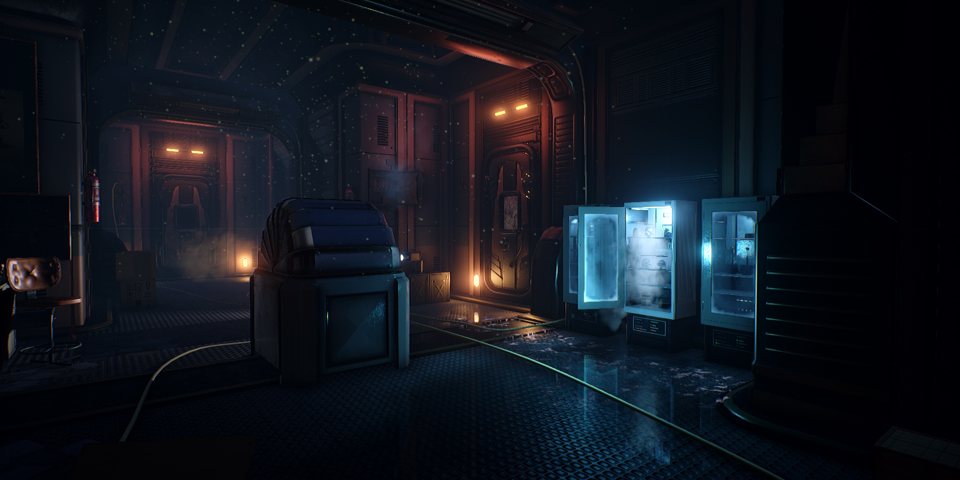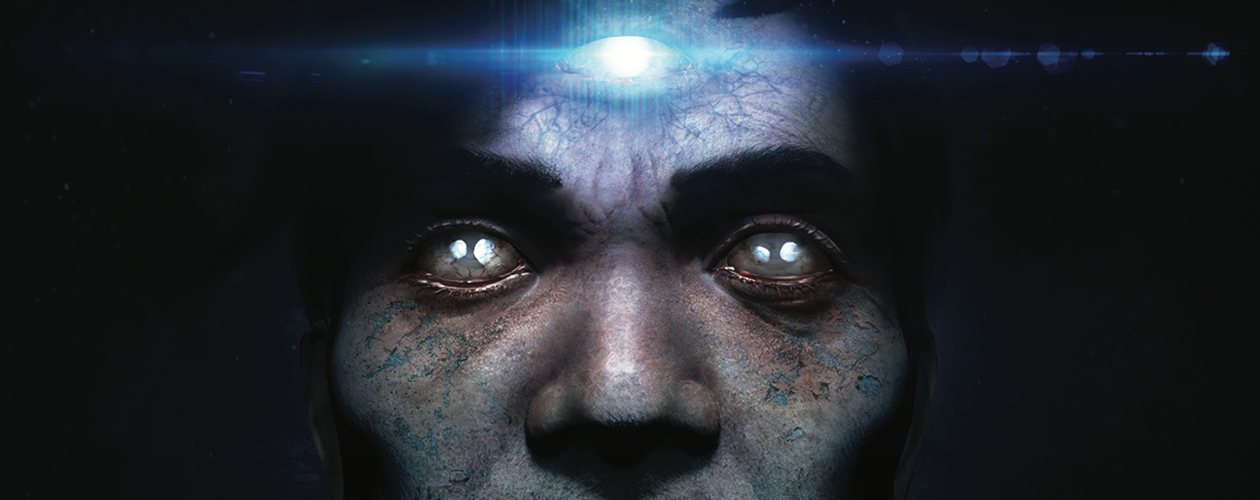Another week, another game based on the weird fiction of H.P. Lovecraft. Having been favourably received by PC gamers, Zoetrope Interactive’s take on the 1931 novella, At the Mountains of Madness, has now found its way onto consoles.
Fortunately, as with most gaming adaptations, Conarium focuses on the creepy and unsettling aspects rather than the overt racism and xenophobia that drips off the pages of Lovecraft’s work. It’s typically the aesthetics and struggle to combine the contradictory impulses of internal horror and gameplay, despite the popularity of Lovecraft being right up there with other HP sauces. When so much of Lovecraft’s horror revolves around the impossible, the transition to gaming often results in schlocky tentacle horror rather than mental collapse.
Conarium largely eschews the out and out horror of many Lovecraftian titles, and concentrates instead on developing an overall mood of unease and dread. There are a few moments where this is undermined by some less than successful action sequences, but on the whole you do feel like a protagonist in a Lovecraft short story trying in vain to piece together the madness that is descending all around you.
You play as Frank Gilman, one of a group of scientists working on expanding the limits of human understanding through their exploration of an otherworldly ruin under the Antarctic ice. As the game begins you awake alone and spend the majority of the game in isolation, searching for both the answers to what is happening and your fellow scientists. This exploration is equal parts walking simulator and environmental puzzle game with cryptic clues to decipher and mazes to be negotiated.

From the Antarctic opening, you head by submarine to a cave system replete with weird architecture and statues of Elder Gods, before your adventuring sees you slip into what appears to be another dimension. All of these areas are well realised and everything looks suitably Lovecraftian, even if the graphics themselves are more functional than eerily beautiful. Character models in particular are pretty dated, and it is therefore a blessing that they are mostly absent from the game. The voice work sadly isn’t up to the quality of the atmosphere building, which undermines some interesting expositional dialogue. You can turn off the main character’s voice, but this makes a couple of puzzles more frustratingly obtuse.
Most of the puzzles are enjoyable without being too obscure, although there are a few where you have to make sure that you have been paying attention to the voiceover, as a couple of items need to be reused but lack any clear visual indicator. I would also recommend taking photos of the screen or taking notes of key runes and journal notes, to avoid having to flick between the in-game notes n the middle of puzzles. The bizarre symbols are difficult to memorise otherwise.

Other obstacles mainly involve navigating relatively simple mazes and using a magical crystal to negotiate poisonous plants. The axe featured in the promotional images is not used for combat, but to break down weakened walls in the hunt for the numerous secrets. These range from copies of Lovecraftian works to statues of Elder Gods. On top of these are dozens of notes to fill in the background lore of the world. This extra layer of the game shows how passionate the developers are about conjuring up an authentic feeling atmosphere.
Unlike many walking sims, you can die in Conarium; indeed a trophy is available for doing so in five different ways throughout the game. One of these, a badly scripted chase sequence in which some poorly modelled shambling mummies attempt to track you down, is the clear low point of the game. It’s also clearly caused PC players consternation given the number of complaints on the game’s Steam discussion forums. There is scope in the level design to avoid these enemies, but the unexpected shift to an Amnesia style game will probably result in several annoying deaths.

